Innovator, Technologist, Scientist and Athlete.
Hello! I'm Richard Erkhov, a passionate developer, innovator, scientist and athlete dedicated to pushing the boundaries of technology and human potential.
My journey reflects my unwavering commitment to achieving excellence, from my groundbreaking AI projects to personal milestones in running. Here's a look at my life and the projects that drive my work and personal growth.
I created the Astro Robots, including Astro 1 and Astro 2, as educational tools designed to introduce students to robotics and programming. Astro 1 provided basic interactive capabilities, while Astro 2 incorporated advanced features like voice recognition and facial mask recognition. Notably, Astro is the world's largest AI-powered spider-like robot built by students, seamlessly blending impressive scale with innovative technology. These projects not only demonstrate my commitment to sophisticated technical capabilities but also inspire students in STEM fields.
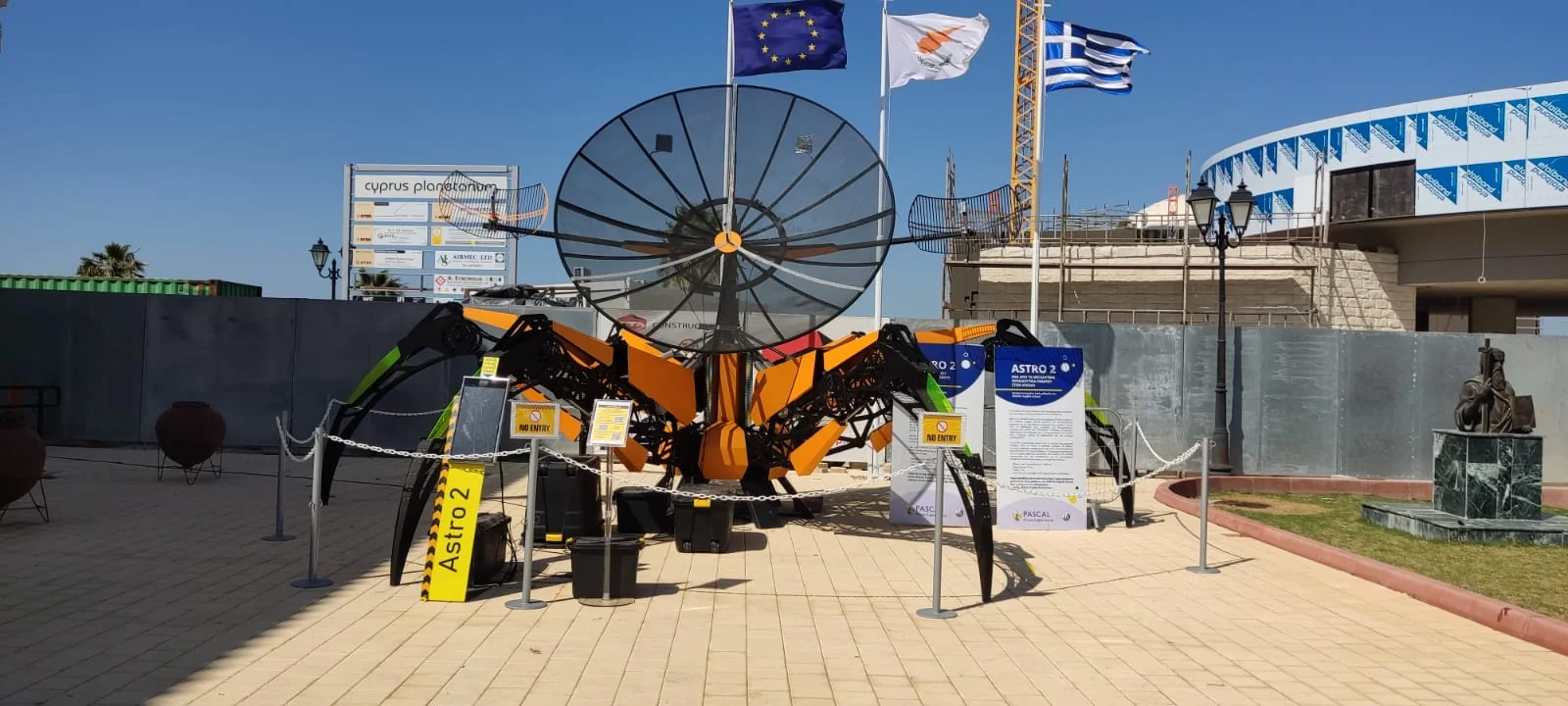
Ainstein Junior is my advanced AI robot designed to bridge the gap between technology and traditional education. With multilingual capabilities and a human-like design, Ainstein Junior makes learning more relatable and accessible for diverse student populations. I successfully deployed over a dozen Ainstein Junior robots to various schools in EU, enabling educators to incorporate innovative tools into their lessons. This initiative not only supports the project’s growth but also inspires both teachers and students to embrace the future of education.
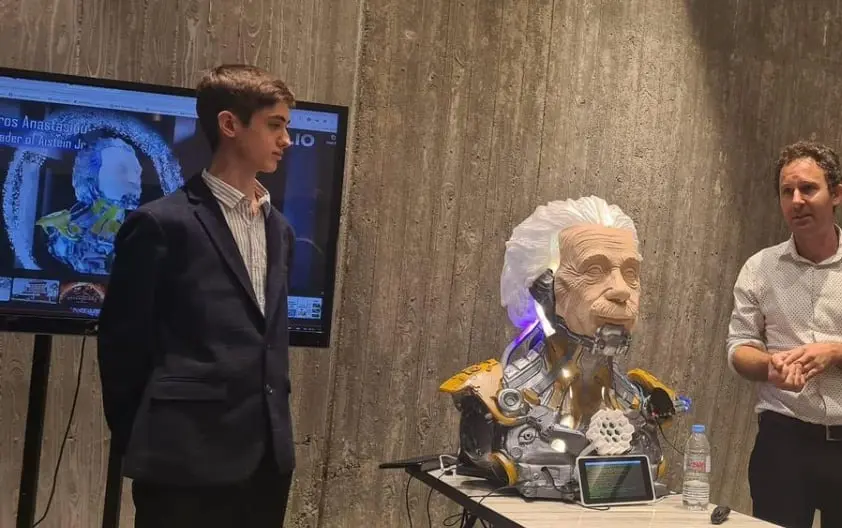
In the Quantization Project, I focused on optimizing machine learning models using advanced quantization techniques. Producing over 25,000 quantized models, I showcased methods like bitsandbytes 4-bit, 8-bit, GGUF, and AWQ. My optimized models run faster and consume less memory and power, making AI more accessible and environmentally friendly.

Richard-roop was my foundational project, designed to enhance user interactions with digital content through an innovative face-swapping tool. It allowed users to seamlessly replace faces in images while maintaining natural expressions, skin tones, and lighting, setting new standards in software development and user-friendly design. Building on this success, I created FastFaceSwap, an advanced evolution of Richard-roop, offering not only faster and more accurate face-swapping but also additional features for enhanced customization and realism. FastFaceSwap represents a significant leap in digital imaging, reflecting my dedication to advancing technology and delivering cutting-edge solutions to users.
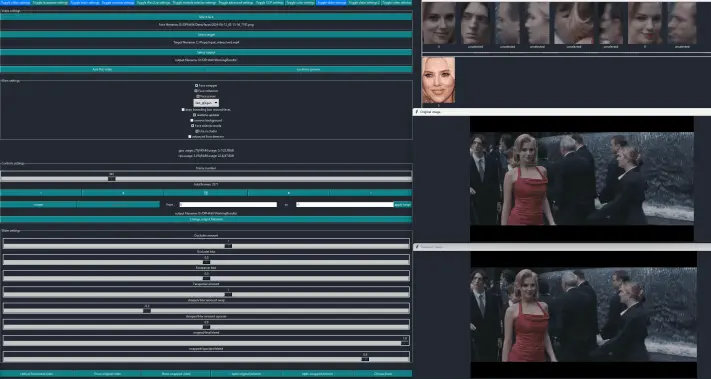
From a young age, I have been passionate about mathematics, winning numerous competitions and Olympiads throughout my school years. I participated in over 100 contests, placing in the top three in each, including prestigious events like the Kangaroo, Cyprus Mathematical Society (CMS) competitions and numerous national and international Olympiads. My journey through these challenges has been marked by dedication and a deep love for problem-solving, culminating in a Kangaroo competition win and consistent top performances across Cyprus and the World.
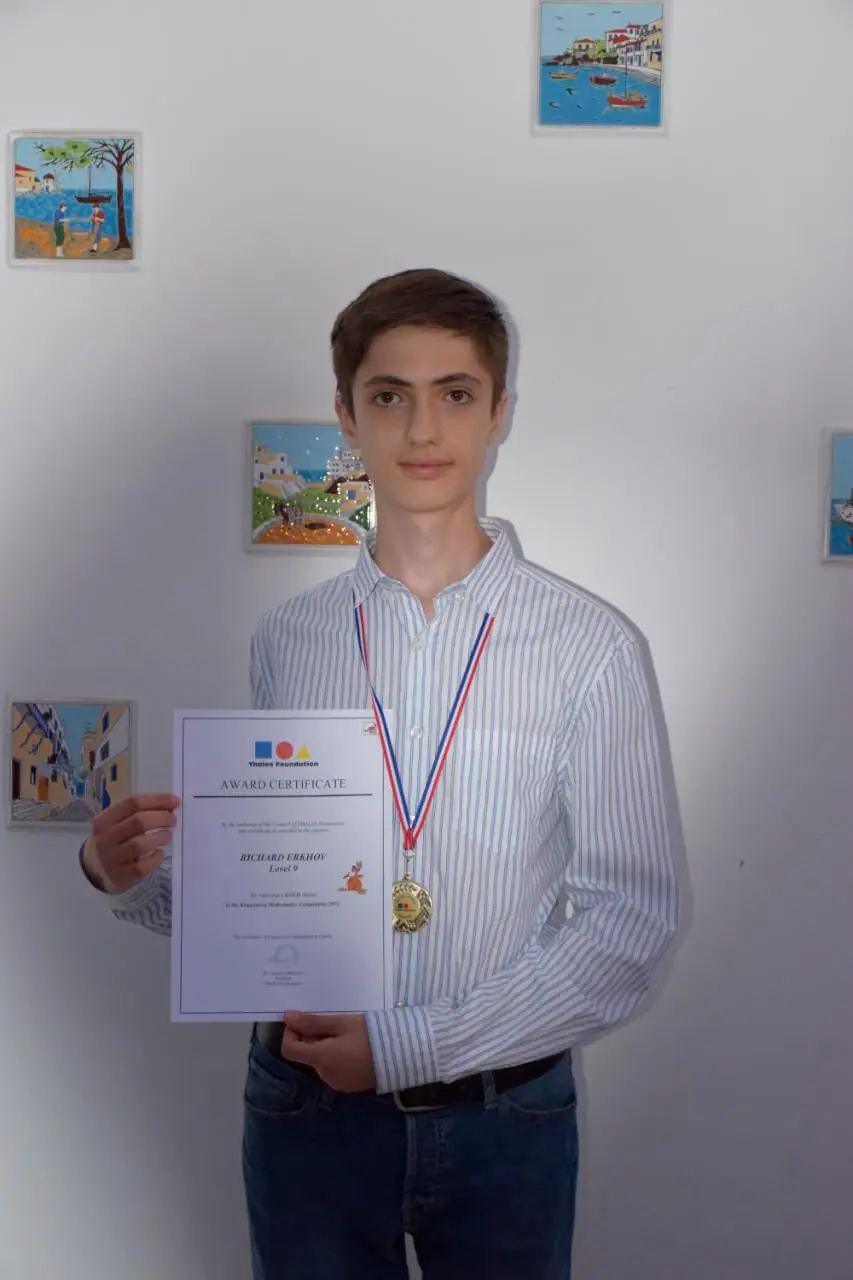
I developed an AI-powered image recognition system designed to analyze zebrafish embryos for environmental toxicology research. Using a ResNet101 backbone and custom data augmentation, my model accurately detects toxicological effects on embryos, providing valuable insights for researchers. This system automates the detection process, significantly reducing manual labor and enhancing research efficiency in identifying environmental pollutants' impact on biological development.
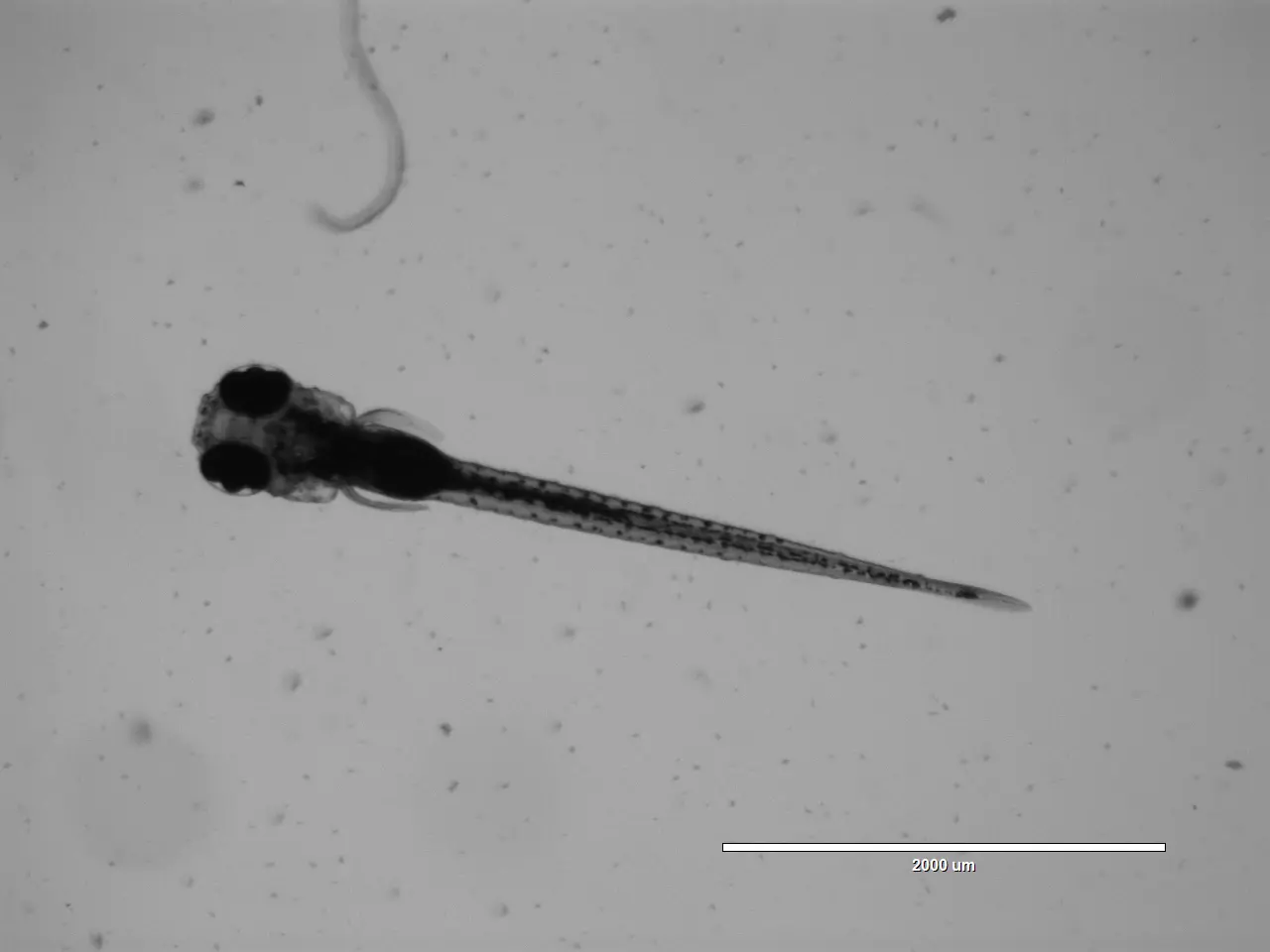
Model 6 and the ongoing research paper represent a significant milestone in my AI journey. The lightweight GAN architecture I developed generates high-resolution 512x512 face images with a model size of just 15.4 MB, striking an impressive balance between efficiency and performance. Equally important, the evolving research paper detailing this innovation highlights my dedication to contributing to the academic community, solidifying this project as a noteworthy achievement in both AI development and scholarly exploration.
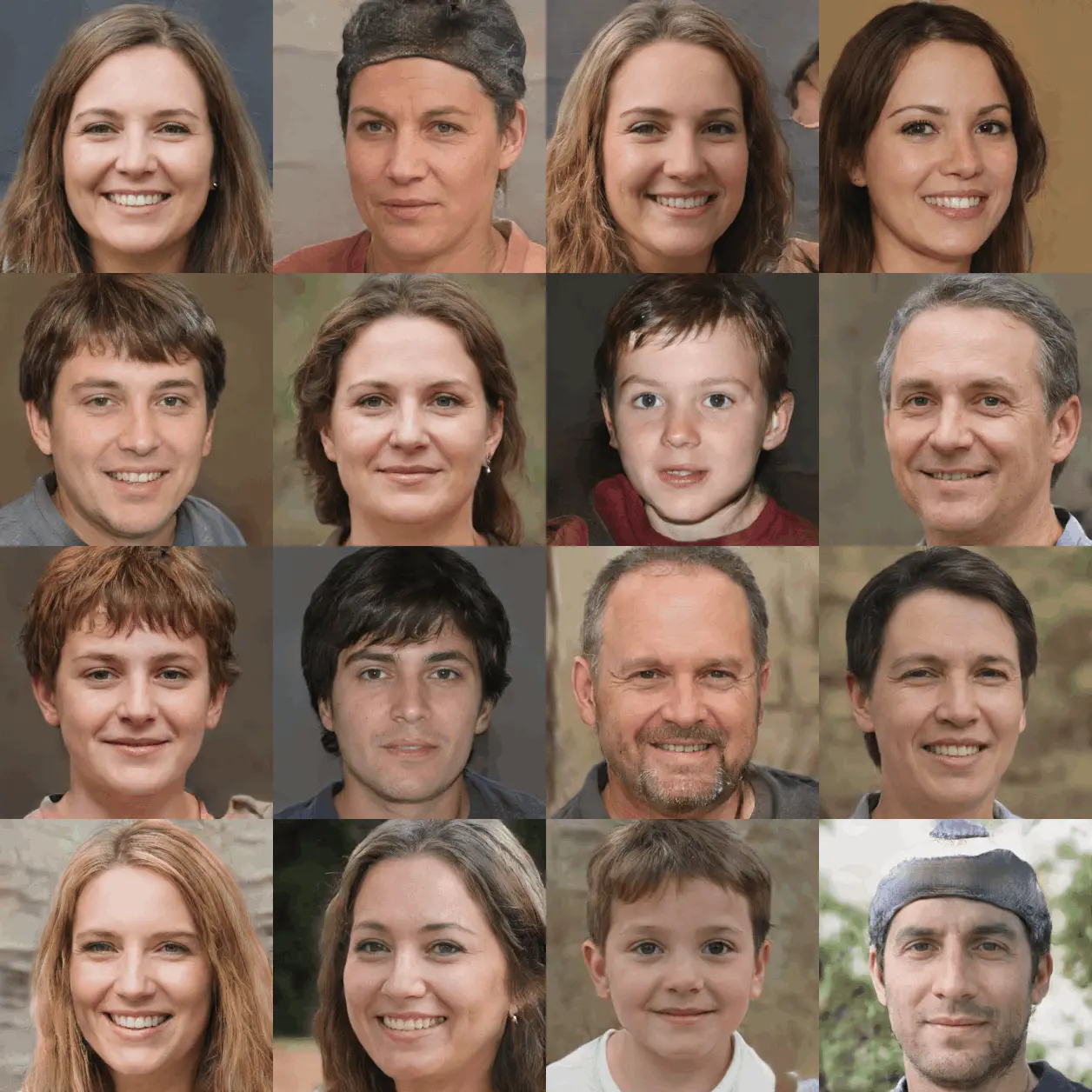
Misteick Chess Bot is my advanced chess bot that integrates AI with the strategic complexity of chess. With impressive ratings on Lichess.org, the bot showcases sophisticated machine learning algorithms and game theory. The integration of a robotic hand for real-time gameplay adds a unique, tangible element to the experience, bridging virtual and physical gaming.
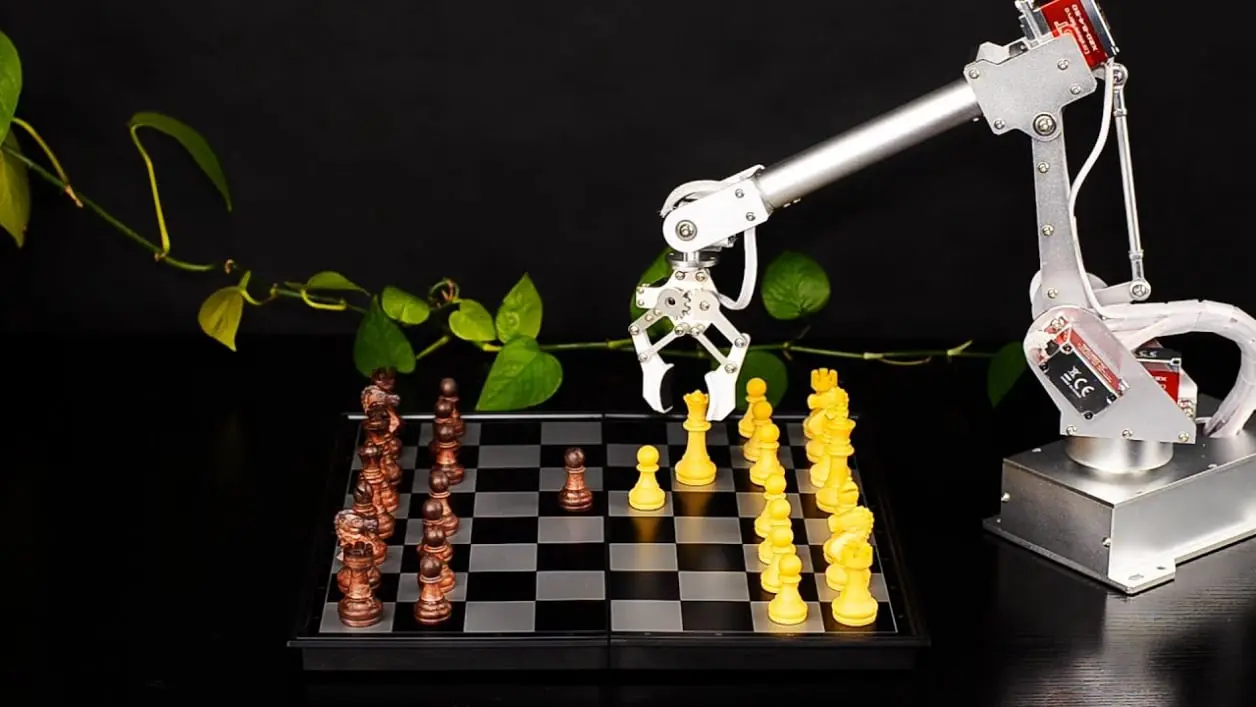
In my Real-Time Chatbot Innovation project, I focused on creating ultra-low latency AI systems for fast and engaging user interactions. By emphasizing streaming responses, advanced models, and low-latency architecture, I enhanced user experience by reducing response times and opened new possibilities in various industries.
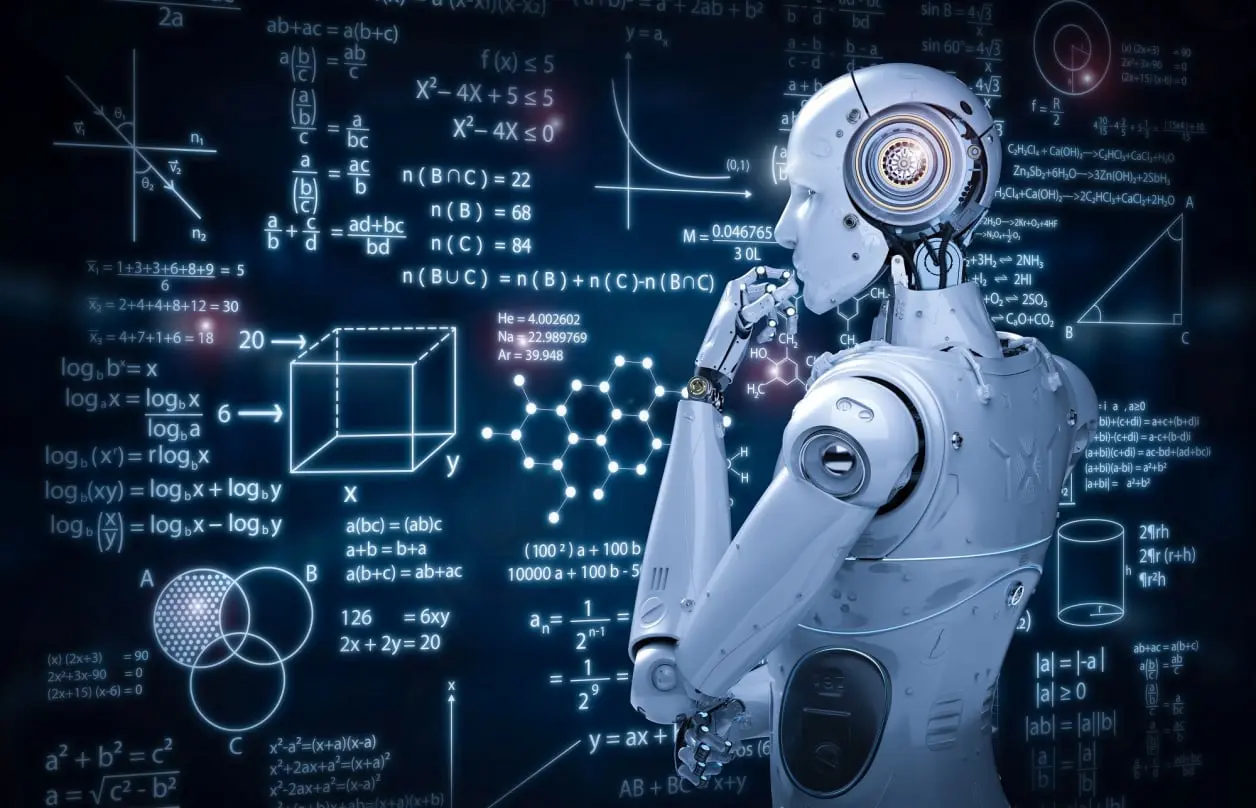
I developed a highly optimized face enhancement model capable of restoring and improving facial features in 512x512 images with remarkable efficiency. At just 80 MB, this model offers real-time face enhancements without compromising quality, making it ideal for mobile and web applications. Building on my experience with earlier models like GFPGAN and CodeFormer, my custom model delivers superior results with a fraction of the computational resources required by traditional methods.
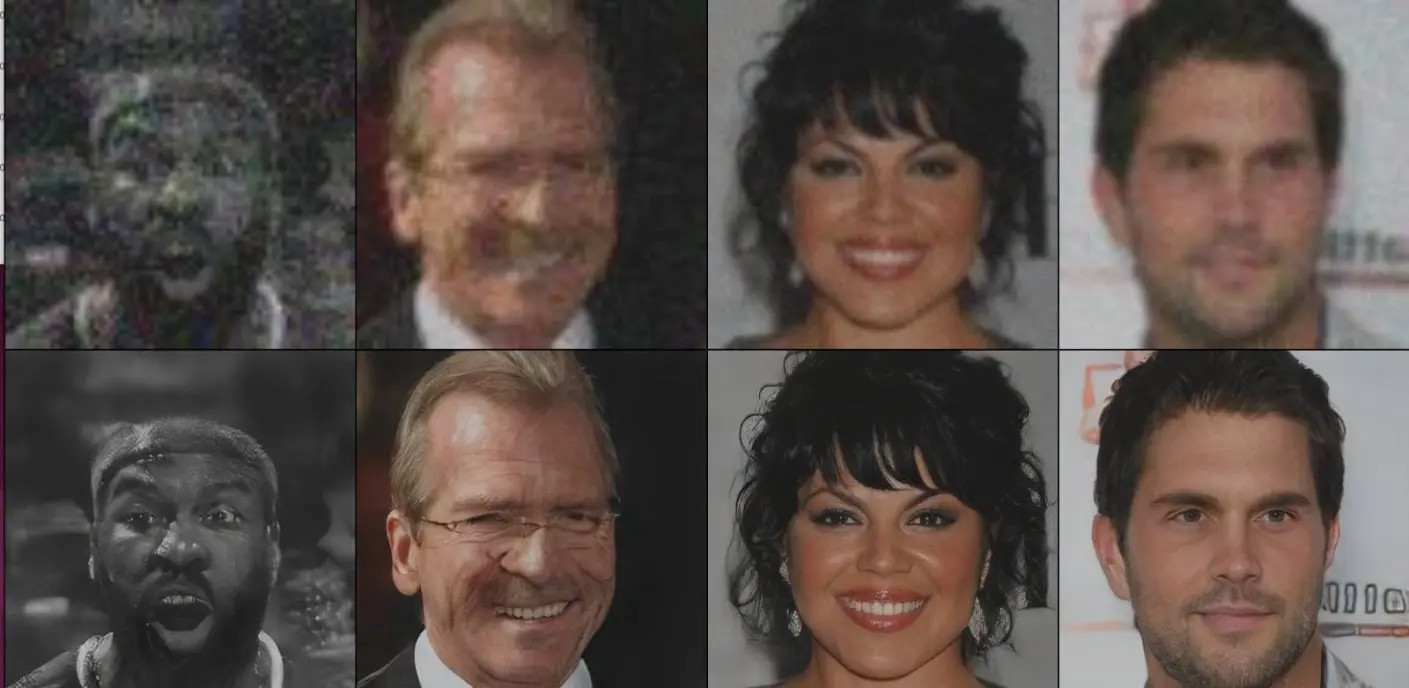
One Million Faces is my AI project that generates a vast array of unique, realistic facial images. Using advanced generative algorithms, I optimized the creation of digital faces, providing a substantial resource for researchers and developers. This project sets new standards in the field of AI-generated imagery.
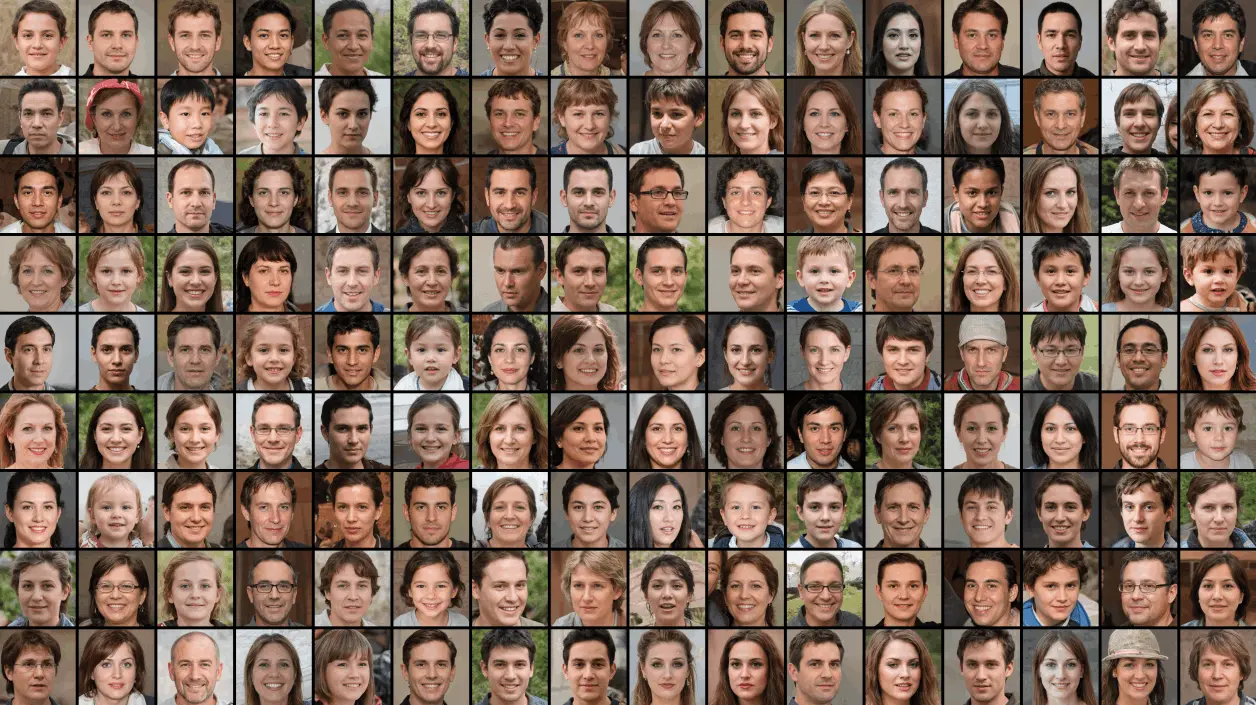
With Million Cats, I explored the capabilities of AI in generating high-quality images of cats. This project produced a diverse and detailed dataset, emphasizing both quantity and quality. "Million Cats" demonstrates AI's versatility and provides a valuable platform for research and creative projects.
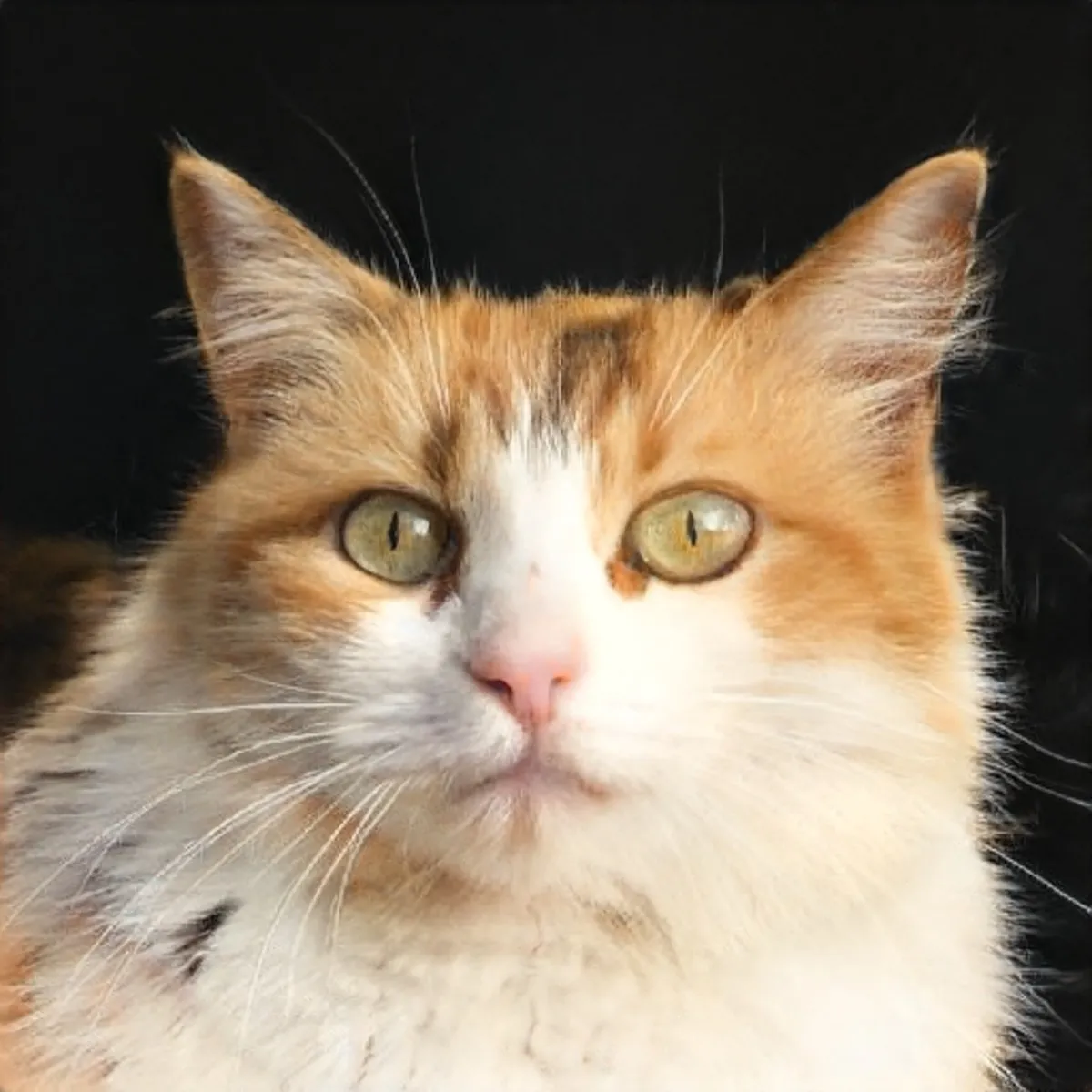
I created a cutting-edge face generation AI designed for real-time performance, capable of producing high-quality 512x512 images with a model size as small as 15 MB. This highly optimized generator can even run directly in-browser on mobile devices, making it one of the most efficient face synthesis models available today. By significantly reducing the model size compared to standard models like StyleGAN2, my AI brings advanced face generation to a wider range of platforms without sacrificing quality.

The Pico Balloon Project was my ambitious initiative to launch a micro-satellite into the stratosphere, reaching an altitude of 147,648 feet. This project not only demonstrated my technical expertise but also inspired thousands of students by showcasing space technology and scientific experimentation. It highlighted the importance of community engagement in achieving extraordinary feats.
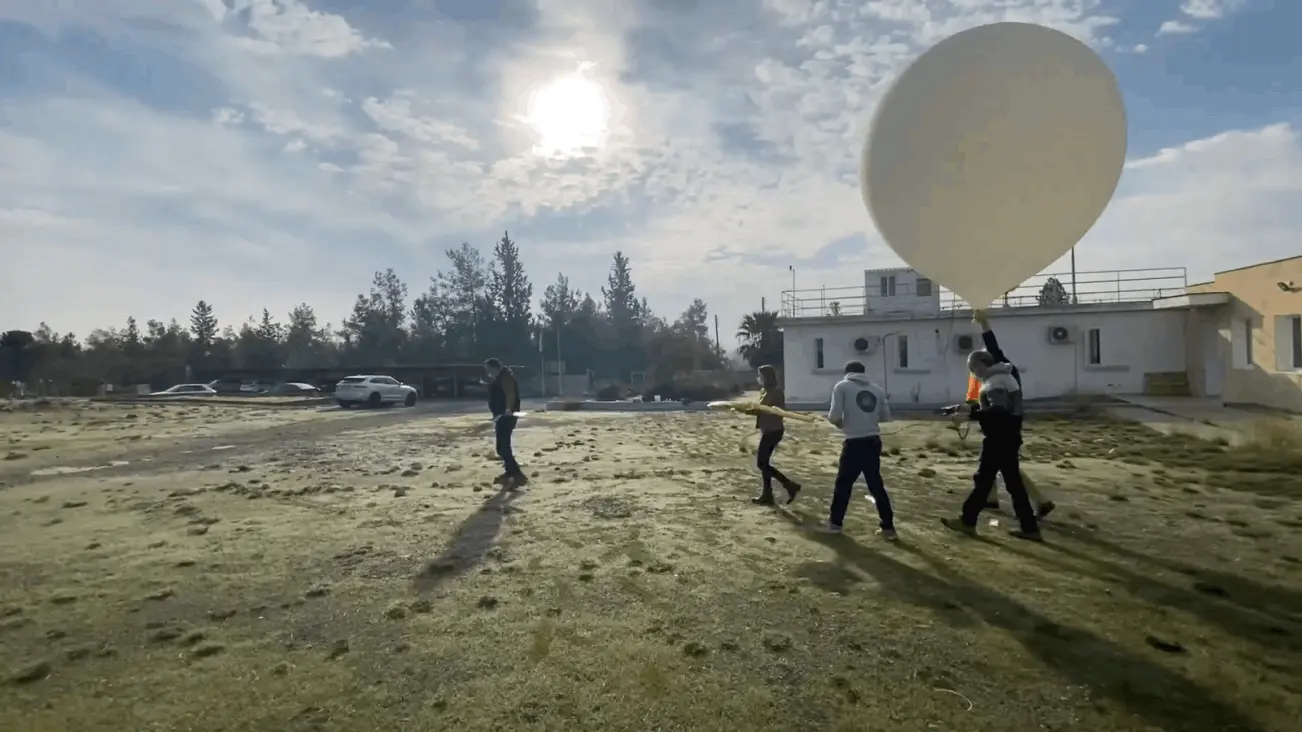
In Advanced Mask Detection, I developed sophisticated systems to enhance public safety and digital imaging in the fight against COVID-19. Utilizing MobileNet, ResNet, and YOLOv5 architectures, I provided comprehensive mask recognition solutions, accurately identifying scenarios such as improper mask usage. This work reflects my commitment to advancing AI and machine learning for public health.
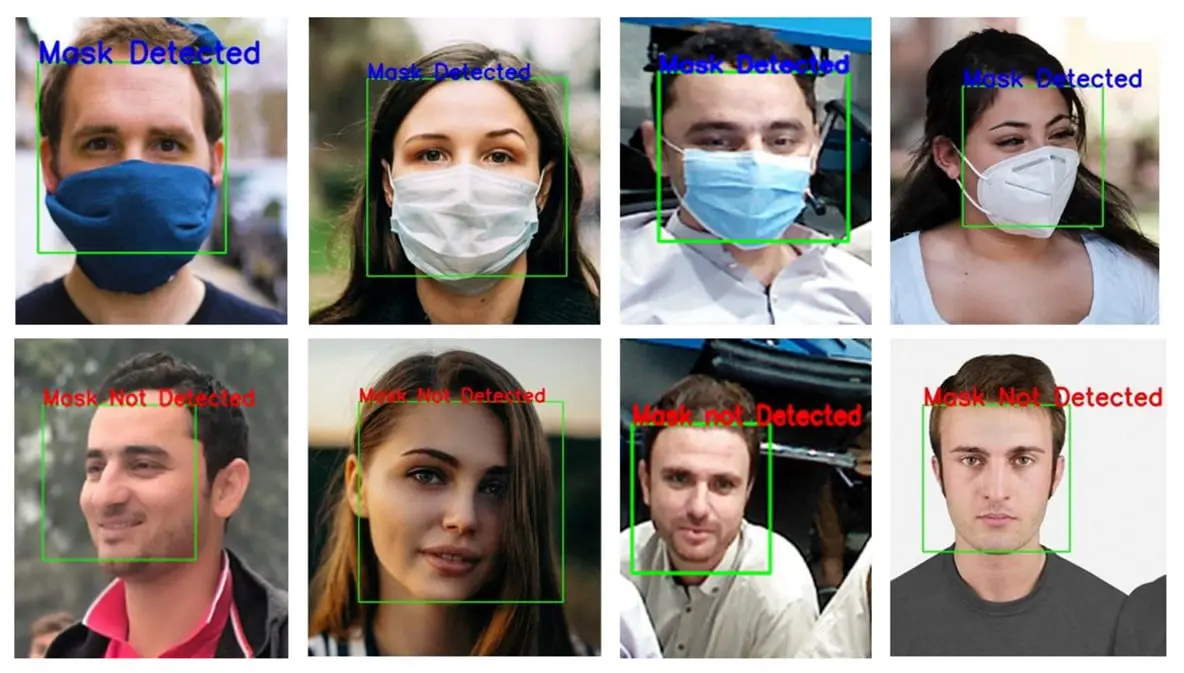
Running Achievements showcase my dedication and continuous improvement. I secured 4th place in the LarnacaRun 5K with a time of 19:20, up from 9th place at 19:54 in my initial race. Additionally, I completed the Running Under the Moon half marathon in 46:17, placing 10th, and demonstrated exceptional endurance by running both a 21K in 1:42 and a 5K in 20:26 on the same day. These accomplishments reflect my commitment to setting ambitious goals, perseverance, and effective time management.
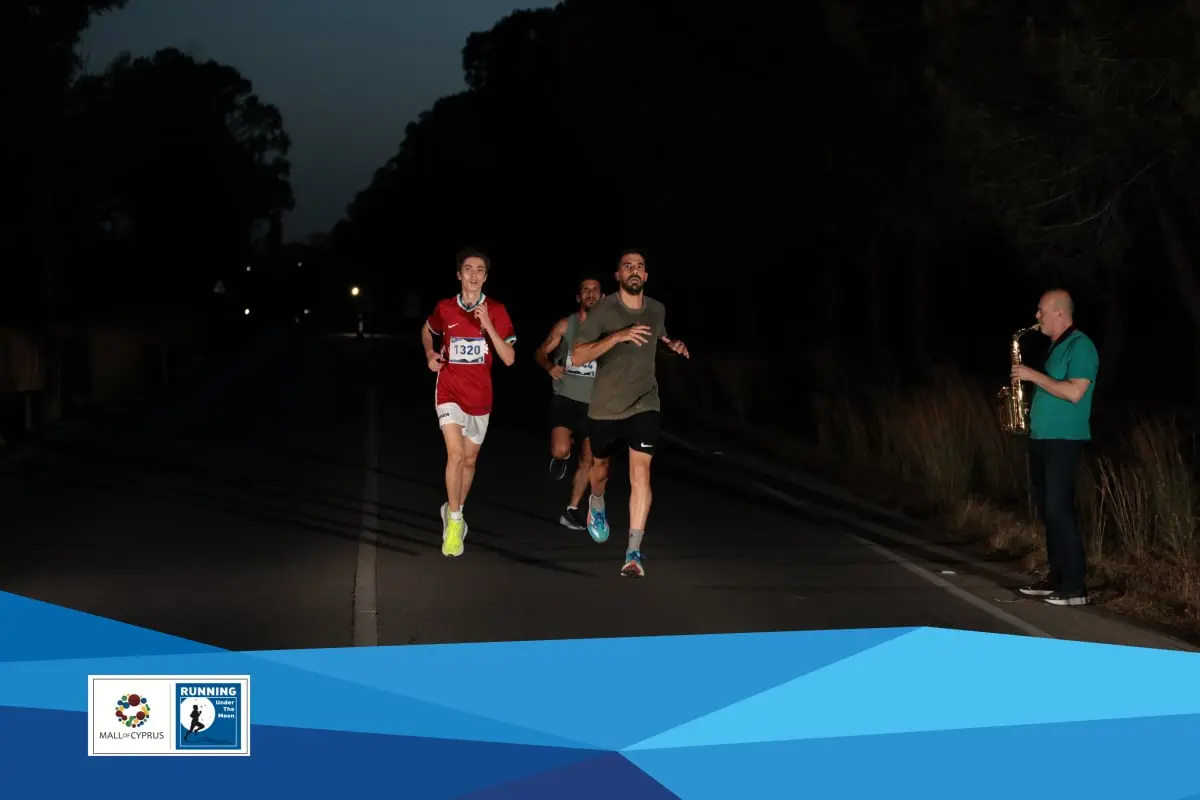
The HiAI Project, in collaboration with Globeducate, integrates my creation, Ainstein, into educational frameworks, transforming the use of AI in classrooms. This project highlights the potential of AI to revolutionize education, providing dynamic and immersive learning experiences. My role in developing Ainstein demonstrates my commitment to advancing educational technology.
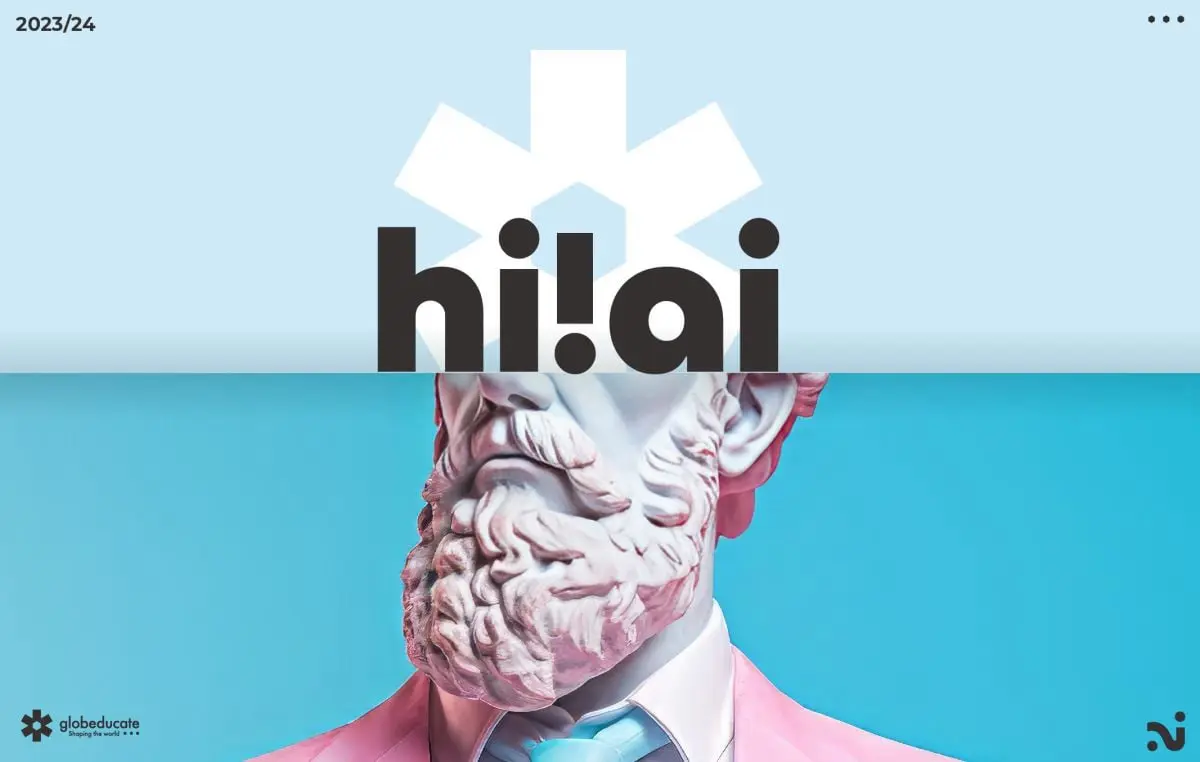
9:00 - 18:00
No Code Website Builder